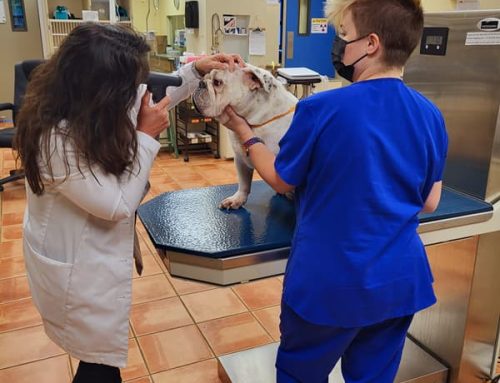Although The University of Georgia has a bulldog for a mascot, it was cats that were the subject of a recent study that has been all over the news. What it revealed about a cat’s life after dark surprised the researchers – but it surprised the cat owners even more!
Sixty pet cats in Athens-Clarke County were fitted with “kitty-cams” — small, waterproof video cameras attached on collars to record evening activities. Each lightweight unit was mounted on a break-away collar and contained a radio-tracking device for tracking a lost camera.
Cats are hunters by nature, and while they tend to hunt more in warm weather, factors that didn’t influence their hunting habits were cat age, sex or time spent outside. They preyed on all sorts of reptiles, small mammals and invertebrates, but the most common prey was Carolina anoles or small lizards. Mice and rats didn’t appear on the menu very often.
Cat owners were a bit disconcerted that eighty-five percent of the cats were observed exhibiting at least one risky behavior, such as:
1. Crossing roads (45%)
2. Encountering strange cats (25%)
3. Eating and drinking substances away from home (25%)
4. Exploring storm drain systems (20%)
5. Entering crawl spaces (20%)
Males were more likely to take a chance, and older cats were less likely. The more time spent outside, the more likely the cat will engage in a risky behavior.
One of the most fascinating tidbits is that four cats found a second set of cat-loving residents to shower them with love, affection and food. These kitties actually came into the homes of their second set of “owners” for either food or affection.
We loved getting a cat’s eye view of the world – and we gained a lot of insight into why we see cats with unexplained injuries, maladies, and maybe, possibly, sometimes, those large bellies!





